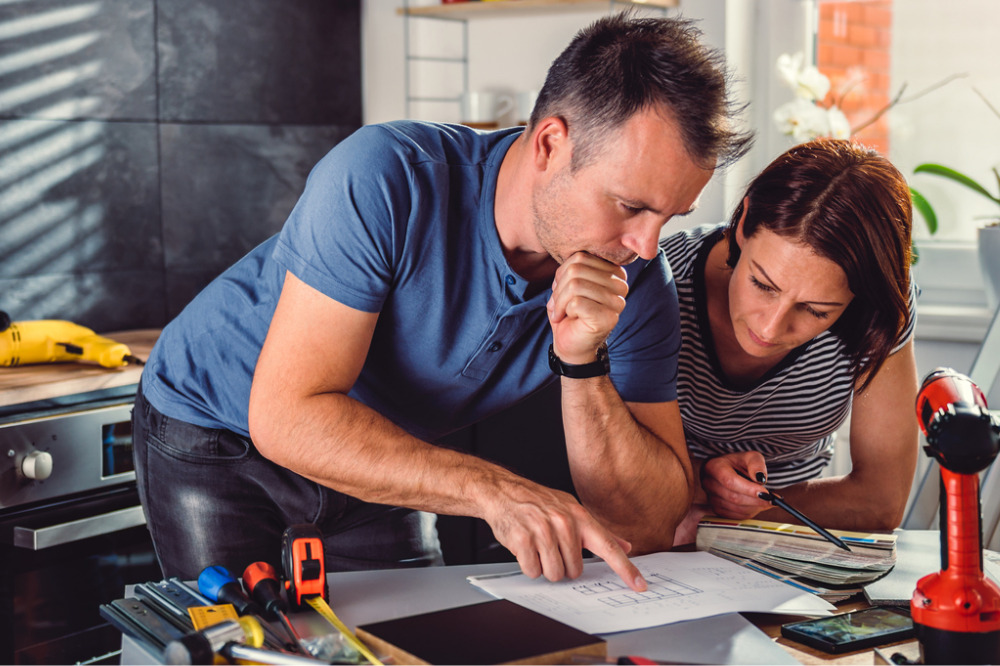
Before investing time and money in renovating your home, one of the most important factors you need to consider is how much your intended renovations will raise the value of your property. Going overboard with home upgrades is among the most common mistakes homeowners make – and sometimes, instead of reaping huge financial returns, many end up spending more than they need to. This miscalculation is called overcapitalisation.
What is overcapitalisation?
Overcapitalisation happens when the renovations that you made do not raise the value of your home high enough for you to recoup the cost of the upgrades should you decide to sell your property.
Spending $250,000 on home improvement projects that add only $100,000 to the value of your property, for example, will cause you to lose $150,000 when the time comes to sell. Simply put, you will have overcapitalised on your home by $150,000.
However, you can avoid this costly mistake with proper planning and preparation. Here are some of the things you need to do before embarking on your next renovation project.
1. Know how much your home is worth.
To have an accurate estimate of the value of your home, it is advisable to get a professional property valuation. You can also do research on the prices of different homes in your neighbourhood. Normally, different areas have different price caps or thresholds that buyers or even tenants are willing to pay for.
Understanding how much your property is worth and how it compares to other homes in your area will give you a clear idea on how much you can spend on renovations and what type of upgrades you can do without going overboard.
If you are planning to upgrade an investment property or put your property in the market in the foreseeable future, the ideal renovation budget is about 10% of your home’s value – so, if your house is worth $850,000, allocating $85,000 to home improvement projects is reasonable. But if you intend to live in your home long term and do not have any plans of selling it yet, you can risk spending more on features that can make your home more comfortable and attractive.
2. Understand what type of renovations add value.
There are certain areas in your home – with the right renovations – can add tons of value. The key is focusing your home improvement efforts on the areas with the highest potential to generate returns on your investment.
Most property experts list the kitchen and bathroom as among the vital renovation areas that can easily increase your home’s value. The property’s façade – which is the first thing potential buyers see when they check out your home – is another location that can stir buyer interest. Large family rooms and outdoor living spaces are also favourites among house hunters. Eco-friendly features such as energy-efficient lighting and appliances are becoming increasingly popular as well.
On the other hand, some features may put off buyers because of the high-maintenance costs, including swimming pools, extensive landscaping, and retrofitted HVAC systems.
3. Set a budget and stick to it.
Setting a clear budget before the process starts ensures that you do not overspend on renovations. It also allows to get your finances in order and focus on home improvement projects that you can afford.
4. Create a broad appeal.
If you are renovating to sell your home, it is crucial that you consider what upgrades will appeal to a wide array of buyers. This way, you do not limit the number of interested buyers. You may find fancy décor or brightly coloured tiles attractive but not all buyers share your tastes. To sell your home faster, it is best that the renovations create a universal appeal where it is easy for buyers to envision themselves living in the home.
Collections: Construction & Renovation Insights Home improvement


Share